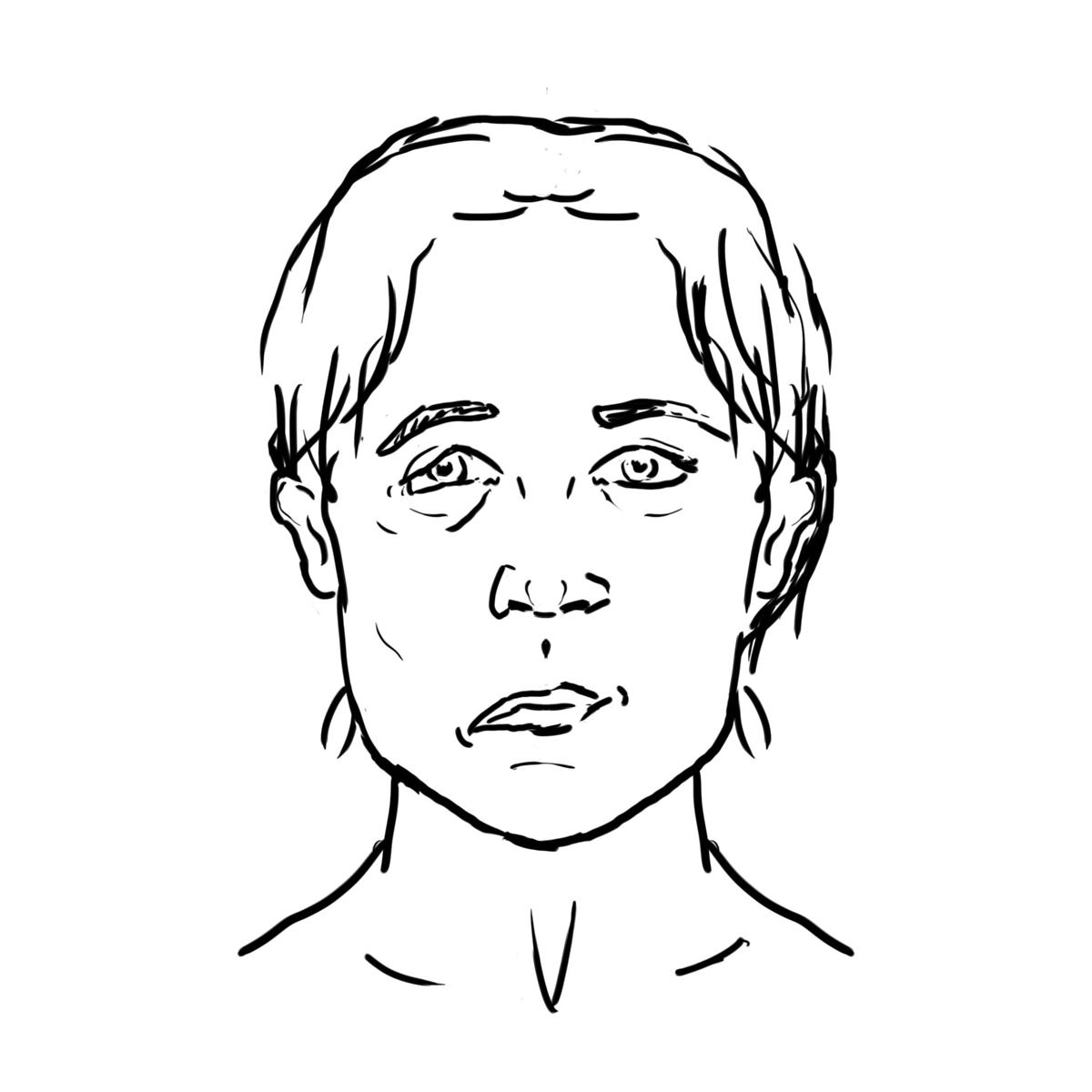
CVA
Symptoms of the stroke vary according to the part of the brain that is affected. In some cases, it is possible for mild symptoms to occur and it is usually a sign of possibility of stroke in the future.
It is very important to be able to recognize the signs of stroke because with immediate reaction and medical attention it is possible to prevent stroke and its consequences.
Risk factors for stroke
In women, the common factors that may pose a risk of stroke include age (stroke is more common in women aged 55 or more), obesity, hypertension, high cholesterol, diabetes, alcoholism, smoking, and oral contraceptives. As a woman grows older, her risk of stroke increases.
Common signs and symptoms of stroke in women
Some signs are highly indicative of a stroke and if they occur, it is recommended to seek immediate medical attention.
Those signs include difficulty speaking or understanding words, problems with vision, pain, weakness or numbness in face, arms and legs, headache and dizziness, problems with coordination and walking.
The skills that are mostly and most commonly affected are motor skills and speech. In case someone suspects that a person is having a stroke, it is recommended to check those skills by asking them questions and making them walk a line or raise their arms. Also, stroke can be easily recognized by asking a woman to smile. If she fails to do so, or if she only smiles with one side of her mouth, it is almost a certain sign of a stroke.
Other signs of stroke in women
When a stroke occurs, there are other signs, although less common, that should be looked for. Those include shortness of breath, chest pain, fainting, nausea and vomiting, seizure, increased heart rate and sudden, violent hiccups.
Person who is having a stroke should be rushed to the hospital immediately. Doctors will determine the cause and the severity of the stroke and decide on the appropriate treatment. For all cases of stroke hospitalization is obligatory, and in some cases surgery is required.



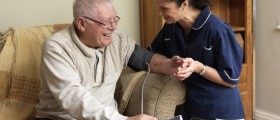


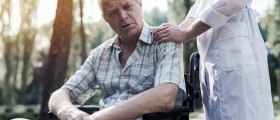
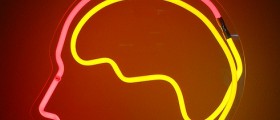
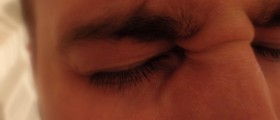
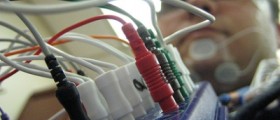
-Disease-Cause-A-Stroke_f_280x120.jpg)




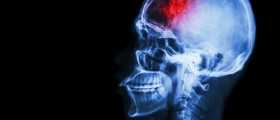

Your thoughts on this
Loading...